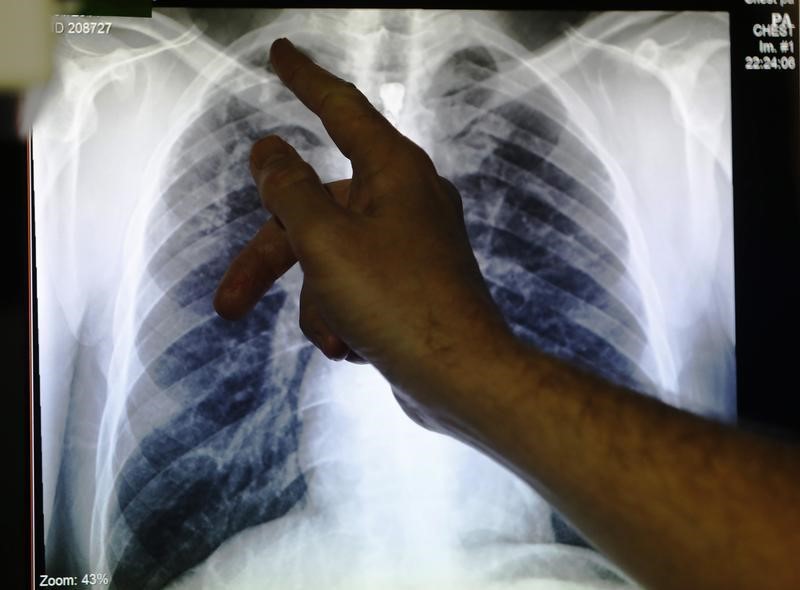In a serendipitous twist, scientists have found that a rare genetic disease more commonly affecting Ashkenazi Jews also protects them from tuberculosis.
In the study, published in the journal PNAS, researchers found Gaucher’s disease (pronounced go-SHAY), a lysosomal disorder, offers unintentional protection against TB.
According to an estimate, around 10.6 million people across the world became sick due to tuberculosis (TB) and 1.6 million people died from the disease in 2021.
However, 95% of people who are infected with the TB bacteria don’t fall ill. The immune system in these individuals manages to successfully kill the pathogen.
“My colleagues and I are interested in what makes some people susceptible to TB, while others appear to be protected. We use zebrafish to study the disease, as their immune systems share many similarities with those of humans, and it is possible to manipulate their genes in the lab,” Lalita Ramakrishnan, Professor, Microbiology, University of Cambridge, and Laura Whitworth, Group Laboratory Manager, Department of Medicine, University of Cambridge, together said, ScienceAlert reported.
Gaucher disease is a rare genetic disease that affects Ashkenazi Jews disproportionately, with around one in 800 births. But the disease can affect anyone. The disease has relatively mild symptoms, including an enlarged spleen and liver, and anemia.
The enzymes present in the cells’ lysosomes break down unwanted material such as proteins and fats. Reduction in these enzymes can lead to a build-up of toxic material.
This build-up is very detrimental to the normal functioning of cells called macrophages.
“One type of cell that is vulnerable to this build-up is the macrophage, a cell that ‘eats’ toxic material, including bacteria and waste products. In lysosomal disorders, the macrophages move slowly and become enlarged because they accumulate undigested material in their lysosomes, making them less able to fight infection,” the authors said.
When the researchers genetically engineered zebrafish modeled on Gaucher disease, they found the fish became “TB-resistant, rather than susceptible.”
“The reason for this resistance to infection was because of the fatty chemical that accumulates in the macrophages in Gaucher disease. This fatty chemical was found to act as a solvent that can kill TB bacteria within minutes by disrupting their cell walls,” the researchers explained.
The Ashkenazi Jews went through centuries of persecution, living in ghettos and moving from country to country. Since TB spreads faster in poorer living conditions and densely populated areas, the Jews must have been highly exposed to TB.
“These fish unknowingly landed us in a debate that’s been going on in human genetics for decades: are Ashkenazi Jews – who we know are at a much greater risk of Gaucher disease – somehow less likely to get TB infection? The answer appears to be yes,” researchers concluded.


